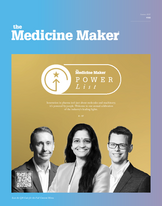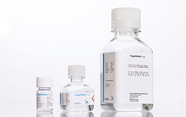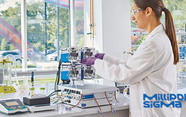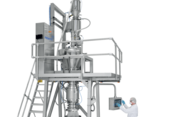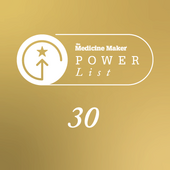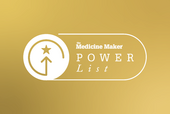
Tackling the Nasal Membrane Challenge
What’s going on in nasal drug delivery? We spoke with Kim Earnst, VP of product development and laboratory service at Renaissance Lakewood to get a glimpse of the latest trends and challenges in the area.
Stephanie Vine | | 3 min read
Drugs are very challenging to formulate for delivery across the nasal membrane. What are the main considerations when developing products for this area?
One of the most common challenges we see in nasal spray formulation development is ensuring the product has the optimal viscosity, which significantly influences droplet size, spray plume and spray area, ultimately impacting drug delivery and patient experience.
Selecting the right viscosity enhancer is essential, as different agents exhibit varying shear-thinning behaviors, affecting droplet size and drug deposition. Balancing viscosity with other factors such as surface tension and density is also important for achieving optimal atomization and ensuring the formulation effectively delivers the drug across the nasal membrane.
In addition, there is a significant challenge associated with the fact that these products are drug-device combinations. There are many moving parts, from the active ingredient’s physicochemical properties, formulation type to excipient selection, device compatibility and spray characteristics. Each activity demands close collaboration between development teams to ensure the final product's success. Device selection can also be a key challenge for nasal spray developers. Working with proven devices that are already used in approved products can help simplify the product approval process and reduce potential risks and delays.
Are you seeing increasing interest across the industry for nasal drug delivery? Why is this?
We are seeing a significant rise in interest in nasal drug delivery across the industry. This surge is driven by several factors, including the nasal route's potential for rapid and high systemic availability, avoidance of first-pass metabolism by the liver and the possibility of targeting drugs directly from the nasal cavity to the brain.
Beyond its therapeutic advantages, nasal drug delivery aligns with the growing emphasis on patient centricity. Nasal sprays offer a non-invasive, user-friendly and convenient alternative to traditional administration methods, such as injections.
What type of drugs can really benefit from the nasal delivery route and what recent success stories have there been in the industry?
As the nasal route provides rapid absorption and direct transport to the brain, it’s ideal where a swift onset of action is required, such as for treating migraines, seizures, and even acute cardiovascular events.
Recent successes in the industry are highlighting this potential. The FDA recently approved Neffy, a pioneering nasal spray for treating anaphylaxis. This life-saving medication, previously only available as an injection, can now be administered via the nasal route, offering a significant advantage in emergency situations. The FDA’s approval of this product perfectly underscores the growing interest in leveraging nasal delivery to improve patient outcomes and expand therapeutic options for various conditions.
If companies are going to partner with a CDMO, what are the key services they should look out for?
When partnering with a CDMO for nasal spray development, it’s important to prioritize those offering a comprehensive suite of services that can support these unique drug-device combinations. This includes robust R&D capabilities, encompassing formulation development, analytical method development, and stability studies.
Given the critical role of the drug-device interaction in nasal sprays, device selection expertise is essential. The CDMO should possess the knowledge and capabilities to assist in the selection of an appropriate device, considering factors like spray characteristics, plume geometry and droplet size distribution.
Confidence in a CDMO's ability to handle the challenges of nasal delivery will stem from a proven track record and extensive experience. Companies should look for a CDMO with a history of successfully developing and launching nasal spray products, demonstrating their expertise in overcoming formulation hurdles, navigating regulatory complexities and optimizing drug delivery.

Making great scientific magazines isn’t just about delivering knowledge and high quality content; it’s also about packaging these in the right words to ensure that someone is truly inspired by a topic. My passion is ensuring that our authors’ expertise is presented as a seamless and enjoyable reading experience, whether in print, in digital or on social media. I’ve spent fourteen years writing and editing features for scientific and manufacturing publications, and in making this content engaging and accessible without sacrificing its scientific integrity. There is nothing better than a magazine with great content that feels great to read.







